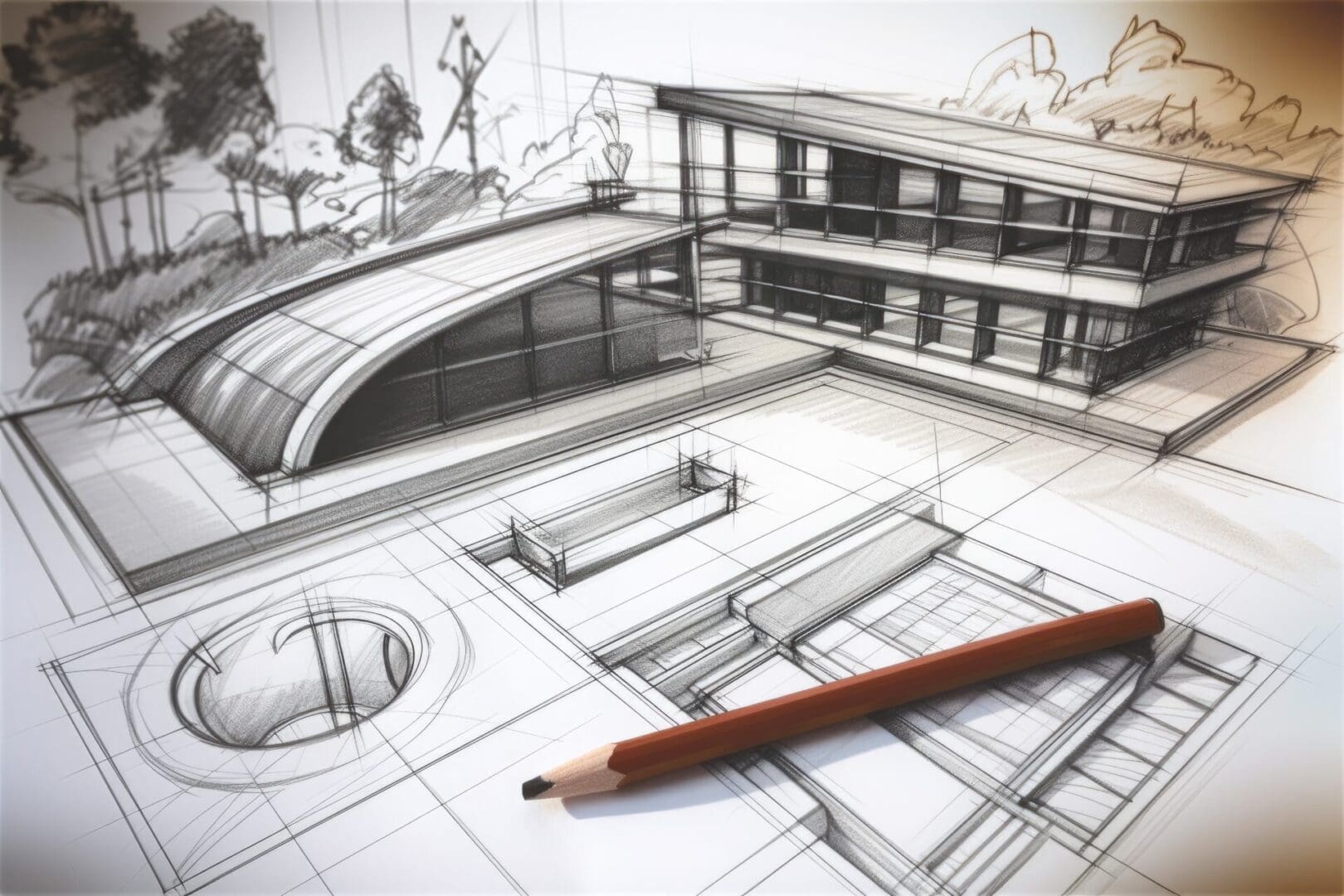Fractional COO for Architecture Firms
Architecture; a Profession or Business?
We Believe it Can Be Both
Architects and designers are creative thinkers, solving design challenges for their clients. The focus in firms is on innovative design solutions that foster their client’s own potential and goals. These are all critically important. The challenge for many smaller firms is finding the time to focus on the business aspect. Operations generally fall on the shoulders of the sole principal or partner. The pure passion Architects and designers have for their profession will push their time and focus more on what they love doing rather than the needed attention the business requires.

The Purpose Studio: Leadership Accelerator
Group Coaching for Architectural Professionals.
Unlock Your Leadership Potential in the Architectural Profession:
The world of architecture is both rewarding and demanding, and the transition from technical expert to effective leader is rarely straightforward. Middle managers and aspiring leaders often find themselves juggling complex projects, guiding diverse teams, and managing client relationships—all while staying true to their creative vision. This group coaching program is designed to support you in navigating these challenges, offering a space to develop the skills and confidence you need to lead with clarity and purpose. Together, we’ll work to help you thrive in your leadership role and make a meaningful impact in your work.
Program Overview
This group coaching experience focuses on mindset transformation and leadership development tailored to middle managers and future leaders in architecture. Through guided sessions, participants will gain practical tools to enhance their leadership capabilities, improve team dynamics, and foster a culture of innovation and accountability. Additionally, the program emphasizes the development of business acumen, servant leadership, and purpose-driven leadership while helping participants gain clarity on their personal values and belief systems.
Two Sessions will be provided in the Spring and Fall for 8-12 participants in each group.
Group 1 will begin: Fall 2025 Dates TBD
Group 2 will begin: Fall 2025 Dates TBD
For more information please visit the Program’s Overview by using the link below and fill out the informational form to register for your desired session.

Connecting Teams and Process
The Connective Consulting Group team has Architectural education, training and practice backgrounds, and relevant operational experience from working within architectural firms. We help tie professional needs with business needs by aligning project teams and business, looking for misalignments between them, and providing business training as it relates to the architectural profession. We assess leaders' and teams’ visibility to proper data as it relates to service fees budgeted and actual costs.

Industry Experience
Most business consultants don’t come from Architectural Experience, haven’t worked in firms, and don’t understand the training and education individuals in the firms have gone through

Understanding of the Uniqueness
Some of the largest challenges for firms are understanding capacity with the dynamic nature of projects, the unpredictability, and the fact that no projects are exactly alike. The bespoke service can create challenges in planning the fluctuations in your team’s capacity, making it difficult to find flow in the team, often putting stress and strain on the individuals who feel less in control of their daily schedules.

